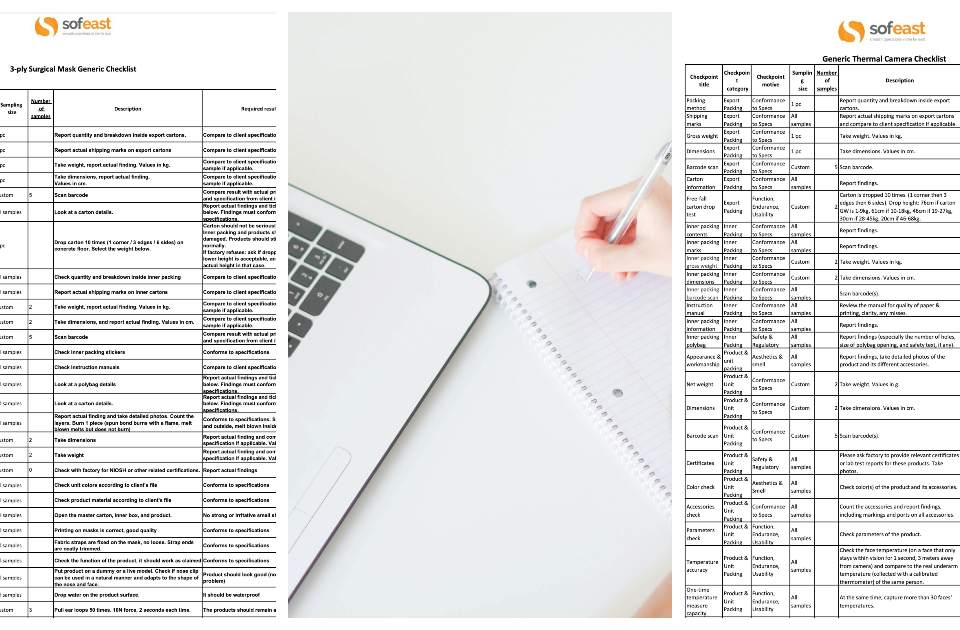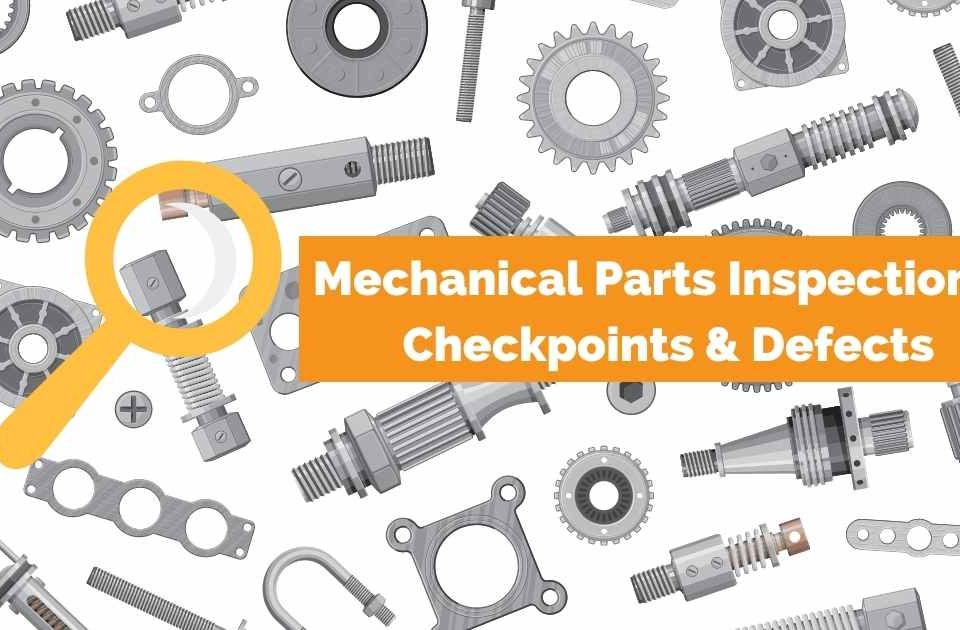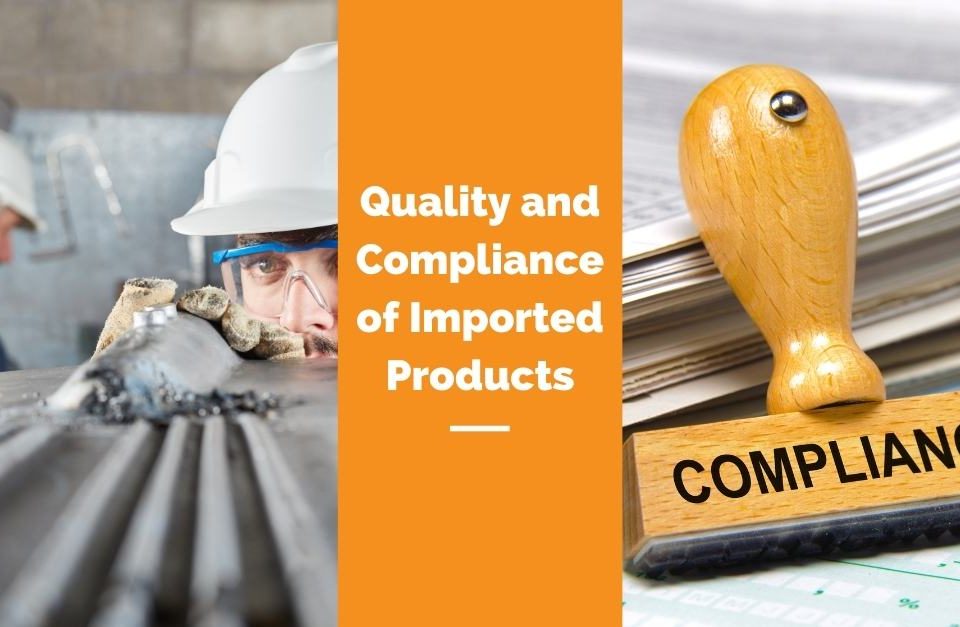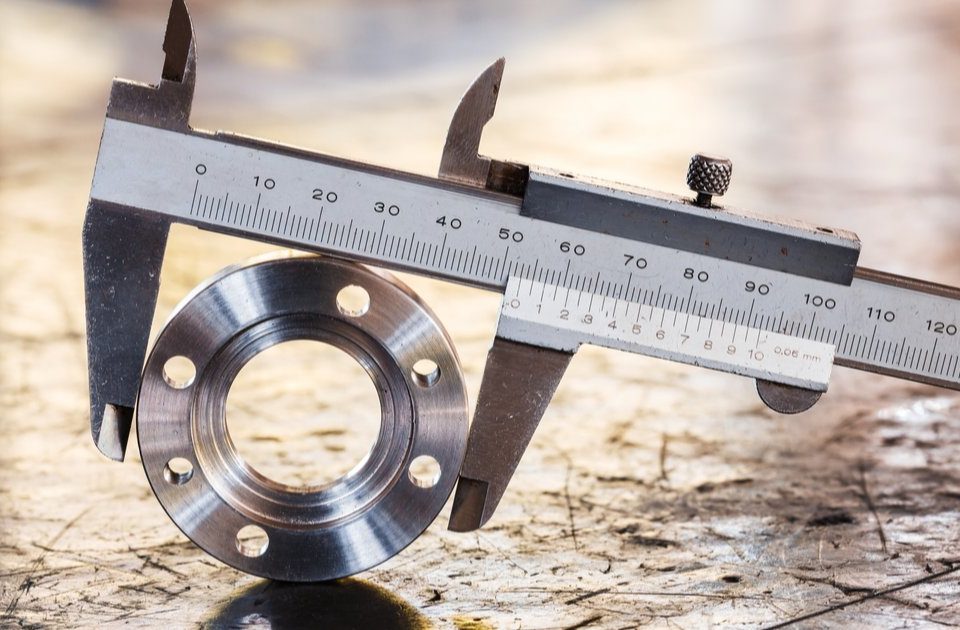Over the years, we have provided feedback to many clients on their product specification sheets and their quality checklists for inspections. Rather than a step-by-step guideline, the most useful is usually to provide them … [Read more...]
Mechanical Parts Inspections: Checkpoints & Defects
When inspecting general consumer goods (except food), most companies classify defects and checkpoints in these 4 categories: Aesthetics & smell Conformance to specs (including measurements) Function, usability, reliability … [Read more...]
Quality and Compliance of Imported Products
To run a successful business, you want to make and distribute products that are at the right quality standard and that comply with the regulations of the countries of sale. I guess nobody will argue with that. But what do "Quality and … [Read more...]
How The AQL Inspection Levels In ISO 2859-1 Affect Sampling Size
This article introduces the different AQL inspection levels available to buyers. Those levels are mentioned in the ISO 2859-1 standard (or its American equivalent, ANSI/ASQC Z1.4). Let’s explore the different levels of random … [Read more...]
Factory Management: the 4 Main Roles in the Quality Department
China, as a whole, has 35+ years of experience manufacturing products for export customers. They have accumulated a lot of experience. However, foreign buyers are rather consistently shocked at the level of mismanagement that plagues … [Read more...]
The Basics of Quality Management for Buyers [Podcast]
What's the best way to get started with quality management? It makes a lot of sense to work to improve your product quality coming from Chinese suppliers and you don't need to be a large corporation to do this, but this kind of quality … [Read more...]
How to set up a Receiving Inspection: Checklist, Procedure, Reporting form
I have written extensively about pre-shipment inspections (before, during, or after production), always from the perspective of the buyer checking what a supplier is doing; but I noticed that I haven't covered the receiving inspection (also … [Read more...]
Why a First Article Inspection Can Save an Entire Production from Quality Issues
Planning the start of production so that a first article inspection can be performed before the rest of mass production takes place... That's not something the average Chinese factory does, unfortunately. However, under the right … [Read more...]
Dimensional Control: Should Inspectors Write their Findings?
A few years back, I wrote an article related to dimensional control about the limitations of asking inspectors to write the exact values they find when checking measurements of items like garments and precision mechanical pieces. First, … [Read more...]
What Is the Confidence Level when Working with AQL Tables?
A reader wrote to me and asked the following question about sampling plans by attributes: What is the "Confidence Level" when using the AQL Tables? How can we determine what the confidence levels are, and are there formulas we can … [Read more...]










